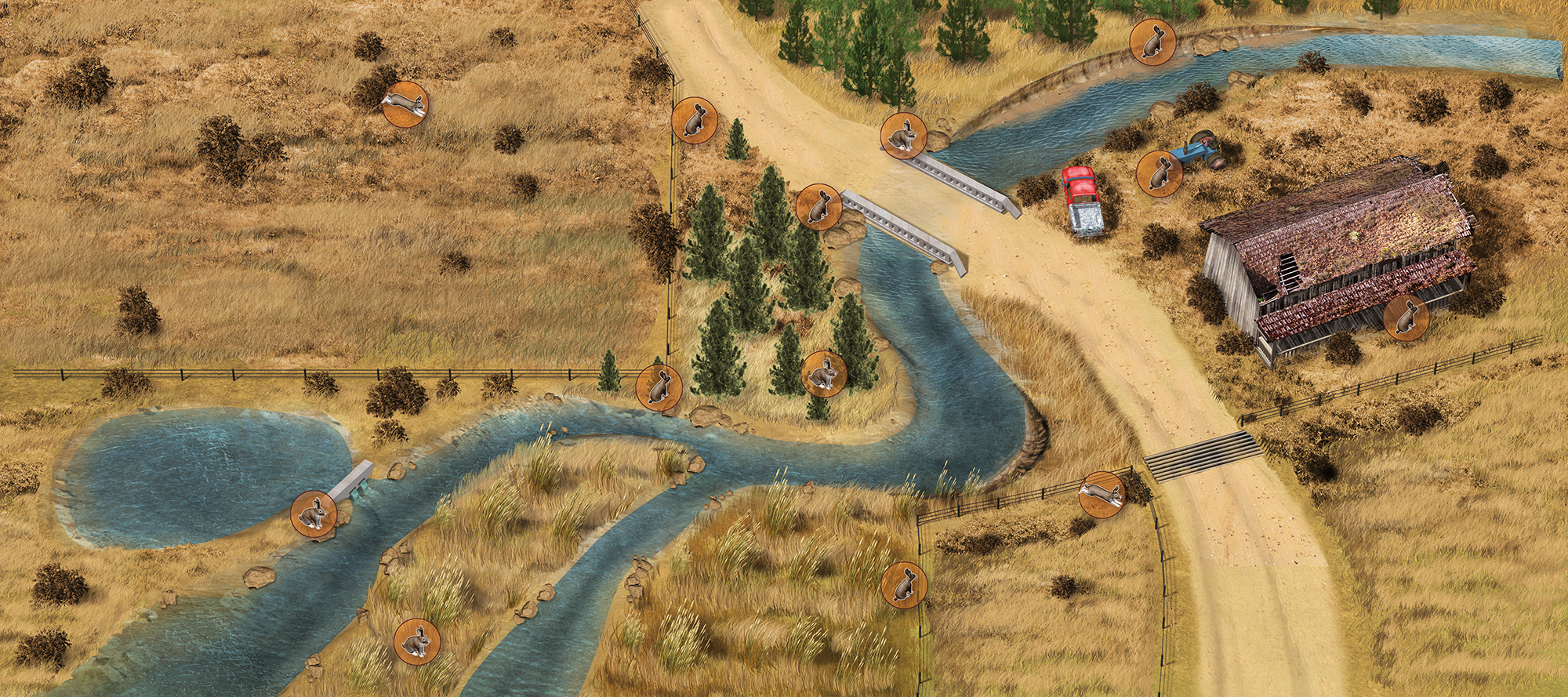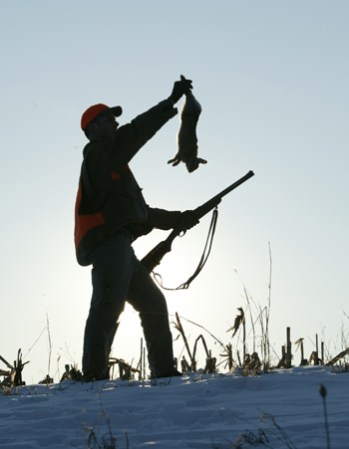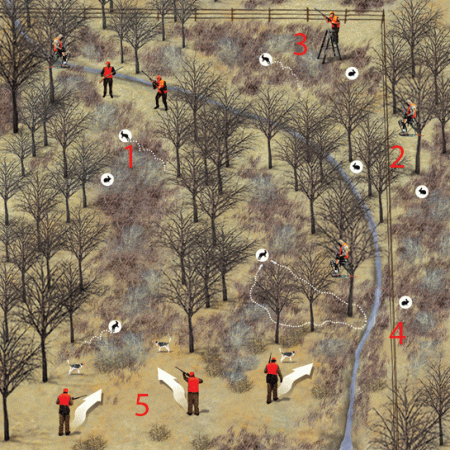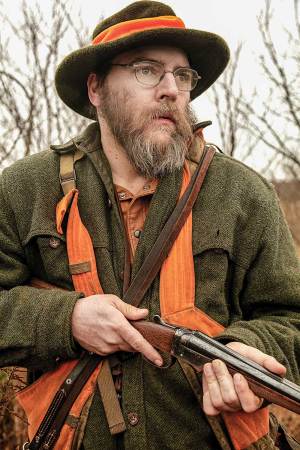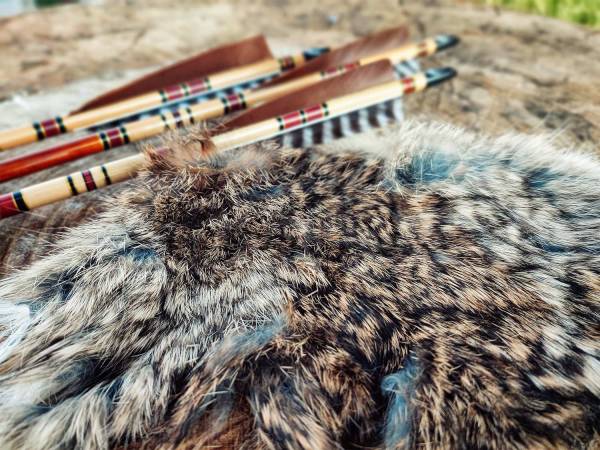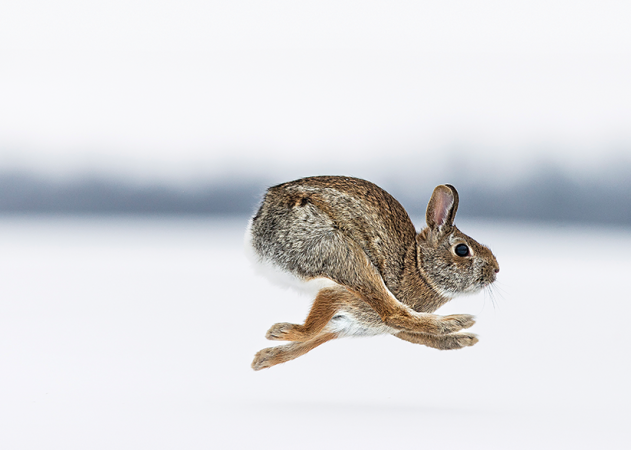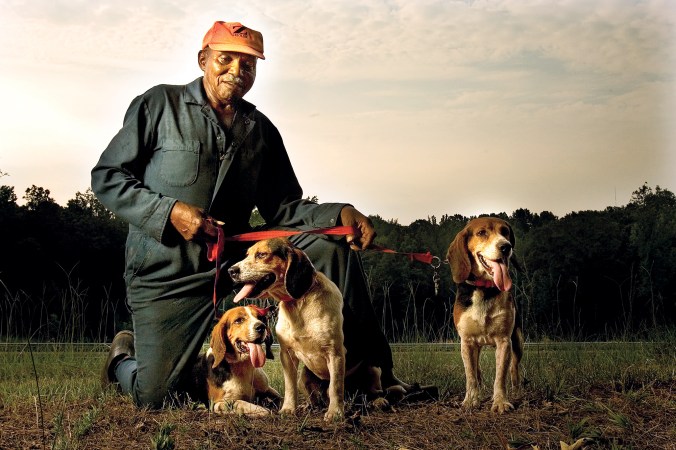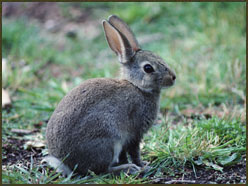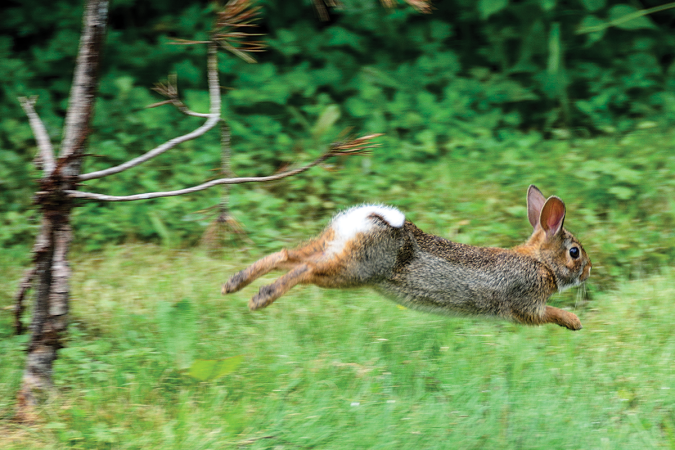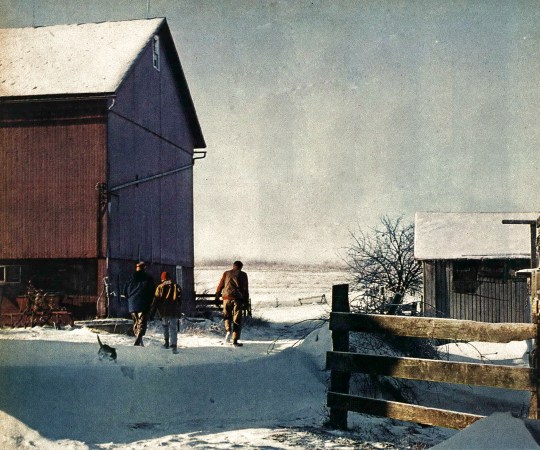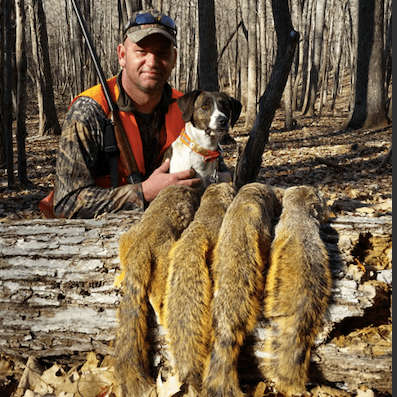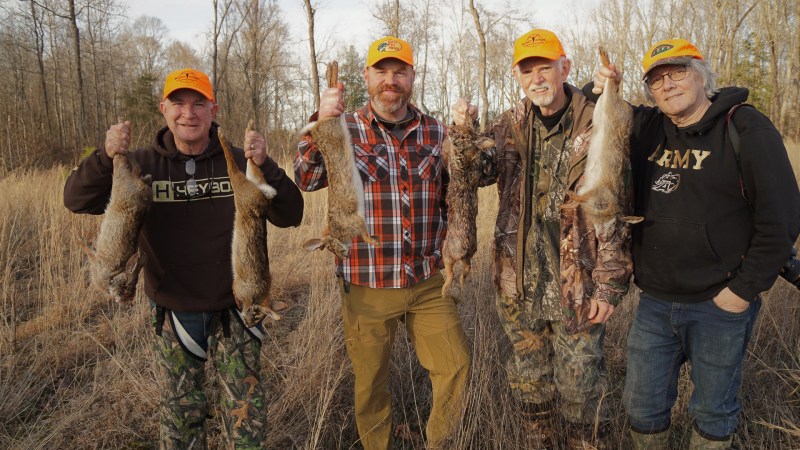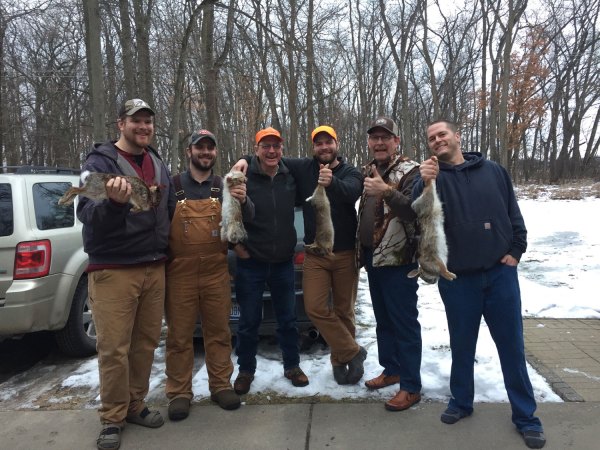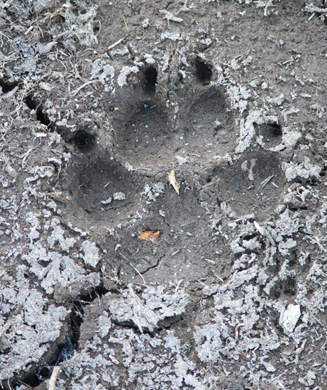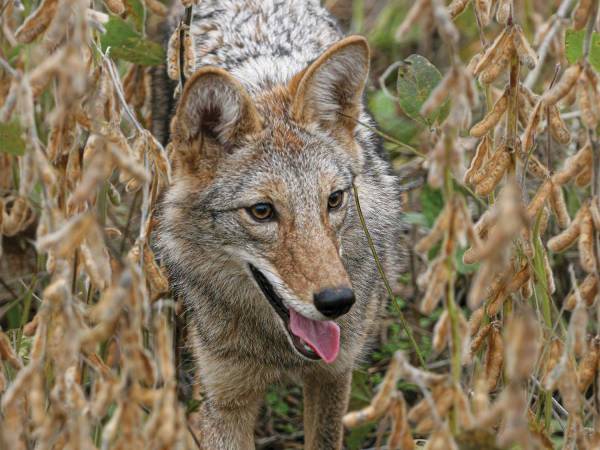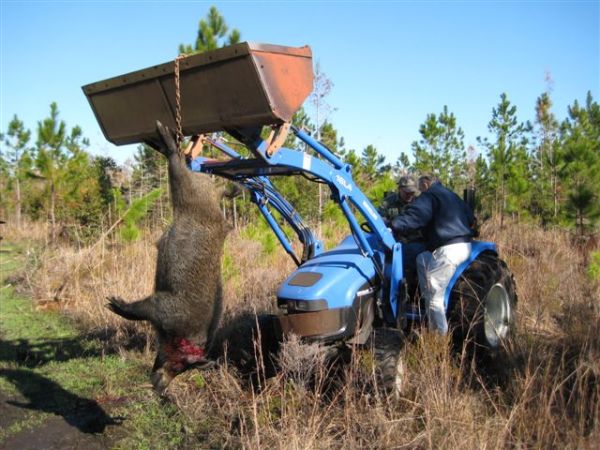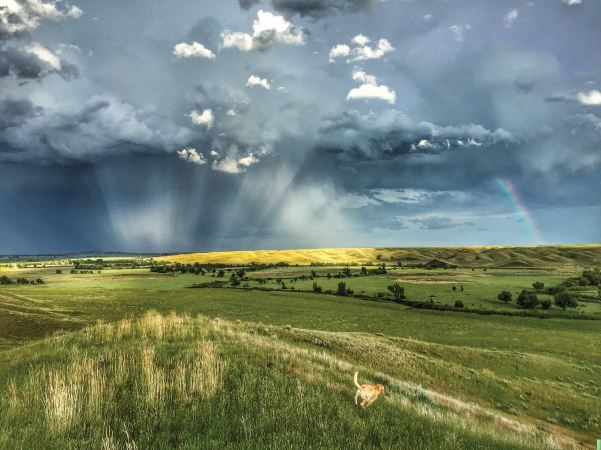Take a look at a cottontail rabbit. No, really study it. See those big ears? They’re designed to hear you before you see the bunny beneath them. See those marble-sized eyes? They are watching you approach.
Those physical attributes, exaggerated on jackrabbits and other hares, should clue you in that, while you often hunt rabbits in the nastiest, thickest brush, that’s not their preferred habitat; it’s where they go after you scare them. Rabbits are edge dwellers, and the best way to hunt them is to understand that they will be waiting and watching from where they can see and hear danger from a distance.
Across most of their range, those places include the edges of brushy fence lines and field edges, the undercut banks of rivers and streams, and the overgrown shoulders of rural roads. My favorite places to intercept open-country rabbits is at the intersection of two different types of edge cover: where a fence line intersects a gravel road or where a brushy stream swipes the corner of a field. Here are other places to find rabbits on the edge.
1. Waterways
Streams and creeks, especially those with deeply scoured banks, offer everything a rabbit needs: nearby food and water, and plenty of exposed dirt in which to dig dens. The banks work as surveillance posts. Hunters with optics-mounted rimfires can snipe these creek-sitters from a distance. Look for rabbits to be snugged just under the lip of the bank or tucked under vegetation—anywhere they have a wide field of view. The best time to hunt waterways is on nice days following a prolonged storm. Rabbits will be out sunning; look for spots sheltered from the wind.
2. Fences and Field Edges
How many times have you pushed a field but not bumped a bunny until the edge? Why not start at the edges? It’s where rabbits feel at home, especially if there is a brushy fencerow or tall grass and dense thornbrush where they can hide if they sense danger. Walk these edges with a partner—one of you inside the field, the other on the outside—and consider posting a blocker, just as you might on a pheasant drive. Just be extremely careful with shots, because pressured cottontails rarely run in a straight line.
3. Other Edge Cover
Edges don’t have to be linear. Rabbits, especially Eastern cottontails, love brush piles, and will often sun themselves on the southern sides of them during the winter months. Or look under fallen limbs on the edges of tree lines and timber lots. You can have hours of fun chasing rabbits around the perimeters of grain bins. In the West, a favorite place to find jackrabbits is in expansive sagebrush flats, where they are nearly always on the downwind side of a big sagebrush plant.
4. Abandoned Vehicles and Homesteads
If there is an Exhibit A for cottontail cover, it’s a rusted-out old Studebaker on the edge of an abandoned farmstead. Rabbits have plenty of hidey-holes in the machinery, they can winter in and around the foundations of any building, and there is usually some sort of forage nearby, in the form of waste grain or greening crops. Glass the edges of hiding cover from a distance, and either make pinpoint shots at stationary rabbits or move in with a shotgun to take bunnies as they run from one patch of cover to the next.

